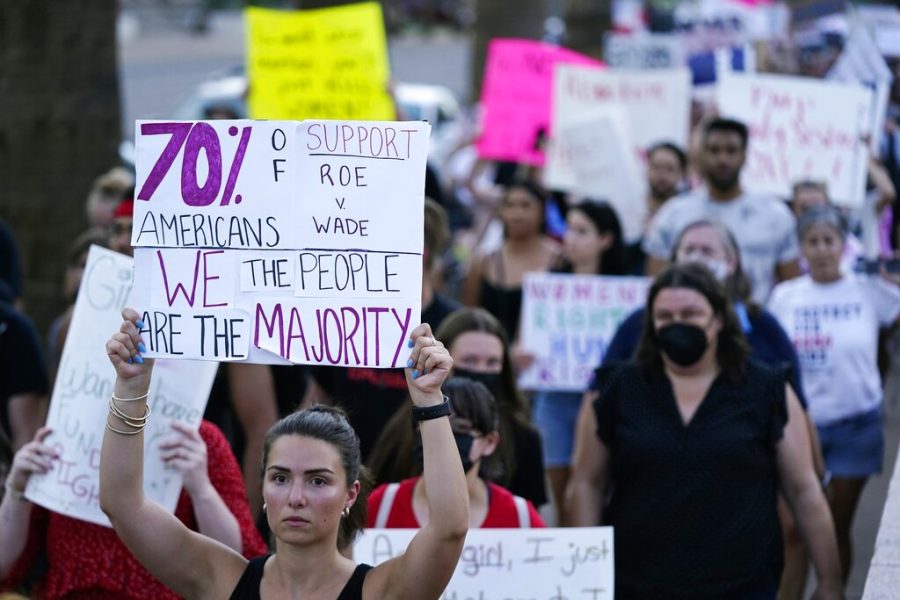The tumultuous rise of Andrew Tate
In the digital age, misogyny on the internet is a threat
I’m not sure what I expected my senior year to look like. What I certainly didn’t expect was to be catcalled on the first day of school, in the halls of New Trier.
I won’t go into detail about the incident, but it involved a group of boys I didn’t know closely following a friend and I up the staircase, making moaning noises and commenting on a piece of my clothing. It left the both of us extremely uncomfortable, and we quickly ducked out onto the next floor to avoid them.
Although this was the only instance I encountered these specific perpetrators, I found it’s not uncommon among my female friends to have been catcalled at least once in their time as a high school student. Whether inside or outside the classroom, all of their incidents had a similar setting: within the school, at a time when teachers are out of earshot.
Catcalling is harassment. To intentionally make one uncomfortable and then continuing to pester them is harassment. And I was harassed.
It worries me that there are students at this school who believe this behavior is acceptable. What happened to the kindergarten standard of respect and kindness?
I believe it may have been lost with the rise of misogyny, specifically on social media. Platforms like Tiktok and Facebook have previously come under scrutiny for the way their algorithms feed political interests and views, contributing to the increasing political polarity found in America.
The platforms also amplify conspiracy circles like flat-earthers, and have harbored a home for misogyny on the internet. Social media activity inevitably seeps into the present and alters the way people think and act.
Let me introduce Andrew Tate. Tate is a social media star best known for his “violent, misogynistic” views on women; that they “belong in the home, can’t drive, and are a man’s property,” according to The Guardian. Beyond his beliefs, he has also recommended abusive actions, such as threatening one’s partner with weapons or physically beating them if they don’t comply.
Before he was banned from Facebook, Instagram, TikTok, YouTube, and Twitter for violating community guidelines, Tate used these platforms to spread his misogynistic views. As a result, he gained major influence, especially among male youth.
Alongside general sentiments, he also promoted his “self-help” program where he elaborates on his opinions and urges his followers to embrace toxic masculinity, to abuse women, and to engage in financially risky behavior.
Videos featuring Tate have been viewed 11.6 billion times on TikTok alone, which speaks to his popularity as a public figure. Not only is he brainwashing impressionable young men to hate women by encouraging disrespect and potentially illegal activity, the brunt of his impact ironically falls on the people he denounces: women.
Tate is scary. It’s not his machete or his guns that make me fear him, but his influence. In the recent Roe v. Wade overturn, the topic of abortion has occupied the minds of youth around the United States. Women, like me, are fearful that rape now may result in a dramatic life change without the option of abortion.
There is no silver lining. But, what can we do as young people to defend ourselves from the harmful ideologies of Tate?
To change large-scale problems, we must begin in small-scale environments, like classrooms. Teachers and students should work together to hold each other accountable towards a better social learning environment.
As individuals, we should be critical of what we read or view on the internet, even if it comes from popular influencers and are bandwagon opinions. Be informed, aware, and careful. Social media is a scary place, but real life is scarier.







































